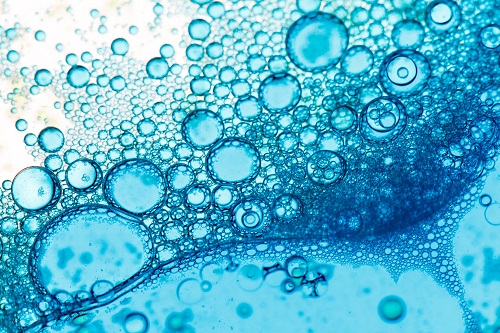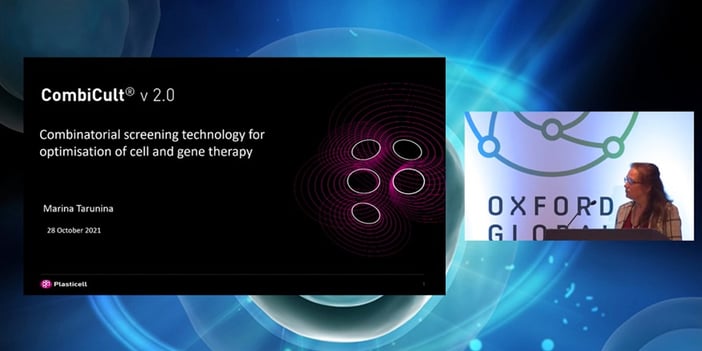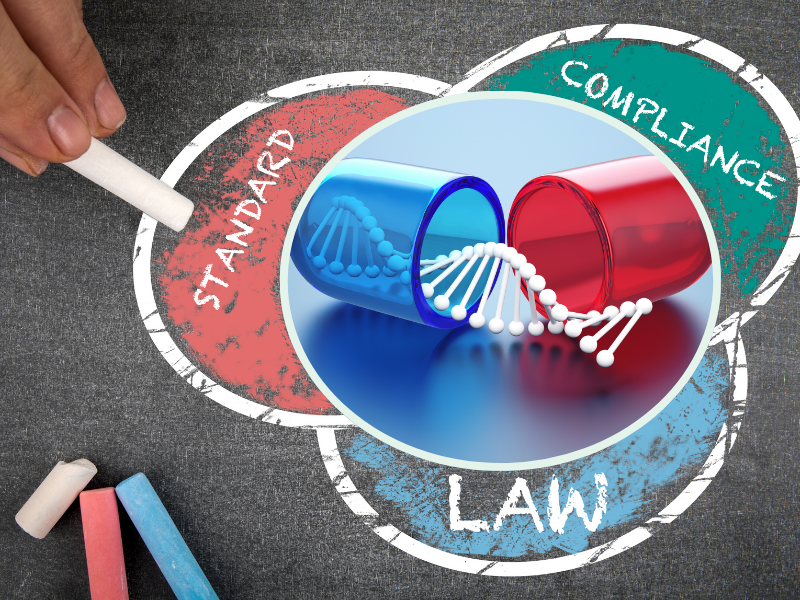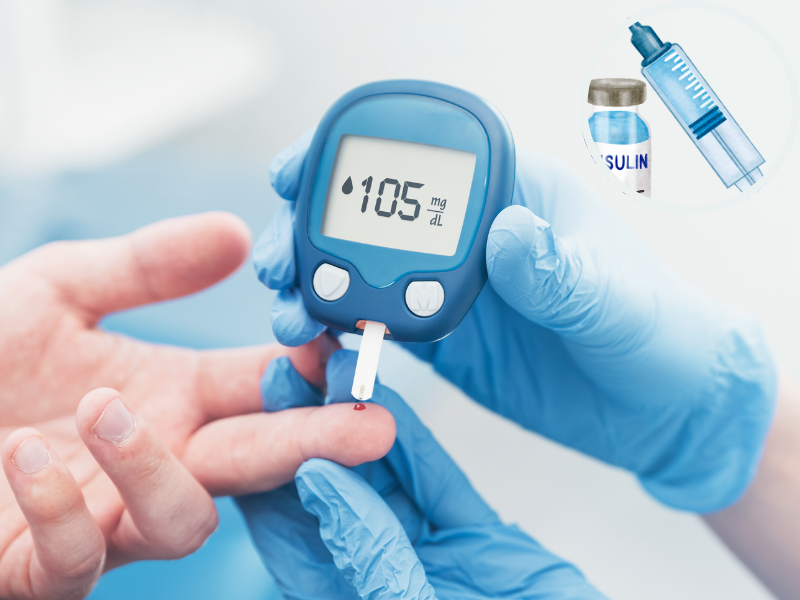Combinatorial Culture Technology for Stem Cell Therapy Applications

Presented by: Marina Tarunina, Research Director at Plasticell
Transcribed by: Tia Byer
Dr Marina Tarunina is a Research Director at Plasticell. She joined Plasticell as a Senior Scientist in 2007 and became the company's Research Director in 2017. Dr Tarunina has contributed to the development of the company's lead technology platform, CombiCult©, and exemplified its broad applications in different areas of stem cell biology.
Plasticell's proprietary technology, CombiCult, enables scientists to test up to 100,000 cell culture protocols in parallel. So far, Plasticell has successfully implemented the technology across multiple applications, including stem cell biology and developed protocols for cell therapy, drug discovery, and cell manufacturing.
During Oxford Global's Cell UK: In Person event in 2021, Dr Tarunina showcased the CombiCult technology and its potential for the expansion of haematopoietic stem cells to treat patients with haematological cancers and hereditary blood diseases.
Plasticell: Pushing the Boundaries of Regenerative Medicine
Founded in 2002, Plasticell is a biotech company committed to developing therapies through precise manipulation of stem cells using the combinatorial screening technology, CombiCult®. This proprietary platform is capable of testing many thousands of combinations of cell culture variables simultaneously to identify optimal laboratory protocols for any given outcome in cell biology.

Figure. 1 – Dr Marina Tarunina, Research Director at Plasticell, presenting at Cell UK: In-Person
The CombiCult®'s results are ranked into a series of working protocols, a critical step for “setting up relevant therapeutic programmes in hematopoietic stem cell therapies,” Tarunina explained.
Plasticell's serum and feeder-free custom protocols are also applicable to drug discovery and cell manufacturing. “The protocols are established in record time at a reduced cost and risk,” Tarunina continued. Recently, the biotech company expanded its portfolio by entering the immuno-oncology field. They are currently involved in collaborative projects aimed at developing protocols of scalable human natural killer cell differentiation from induced pluripotent stem cells.
Why do we need a Combinatorial Approach to Stem Cell Therapy?
The main challenge of stem cell biology is to use their high plasticity to discover robust protocols for stem cell differentiation. “Most of existing protocols for stem cell differentiation were discovered through trial and error,” Tarunina pointed out. “But what the CombiCult® provides us is a systematic trial of multiple combinations of different conditions across a multi-step differentiation process.”
CombiCult® allows Plasticell to produce safe, high-yield, and scalable protocols. “Facilitating the reproducible and affordable protocols is key to the success of the technology,” Tarunina confirmed. But how does it actually work?
- Advancing Stem Cell Manufacturing
- Potency Assays for ?-Thalassemia and Sickle Cell Disease Gene Therapy Drug Products
- Three Studies in 3D Stem Cell Culture
The combinatorial cell culture platform is a bead-based technology specifically developed for cell biology processes. Stem cells are seeded on microscopic beads, and are then shuffled stepwise through multiple differentiation media using a split-pool method. Each media is spiked with a unique tag that attaches to the bead.
Beads are screened via immunoassays to identify ‘hits' bearing differentiated cells which are then individually sorted using a large particle flow sorter. Successful differentiation protocols are analysed using bespoke bioinformatics software platform to identify and rank optimal protocols. “The number of positive protocols identified in CombiCult® screen ranges at 100 to 200,” Tarunina added.
Identifying Optimal Protocols for Expansion of Haematopoietic Stem Cells
In certain cases, cord blood can be a preferred source for stem cells transplantation. “Cord blood provides a very good source of cells for transplantation because its stem cells are more primitive, immature and have higher proliferative capacity,” Tarunina explained. “Besides, these cells are already tested and banked and therefore more easily available to use”. Additionally, during transplantation cord blood stem cells are associated with less graft versus host disease (GvHD). However, a low number of haematopoietic stem cells (HSC) in each cord blood unit make them suitable only for paediatric patients. The low HSC count is also thought to be responsible for delayed engraftment or engraftment failure.
CombiCult® provides us is a systematic trial of multiple combinations of different conditions across a multi-step differentiation process.
“We were able to screen a number of small molecules and cytokines to discover a good set of protocols for expansion of cord blood HSC,” Tarunina said. The three most optimal protocols were then validated further in a suspension system and demonstrated an ability to retain the stem cell component and amplify it by up to 500 times. In particular, Plasticell were interested in identifying “specific populations of cells that linked to the ability of haematopoietic stem cells for repopulation and long-term engraftment”.
“Upon validating the protocol for the expansion of haematopoietic stem cells, Plasticell found that their haematopoietic stem cell expansion protocol similarly worked in transduced mobilised peripheral blood cells and could be successfully integrated into a GMP-compliant ex vivo manufacturing process. Overall CD34+ cells expanded with Plasticell compounds in the context of the gene therapy protocol confirmed significantly better engraftment in NSG mice compared to basal media.
Want to find out more about the latest stem cell therapy news? Register now for Oxford Global's 3D Cell Culture congress incorporates key trends and innovative technologies to accelerate the adoption of 3D models in preclinical research via advanced development, validation and application strategies.







